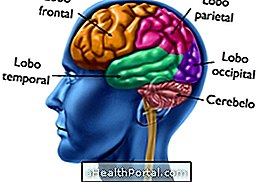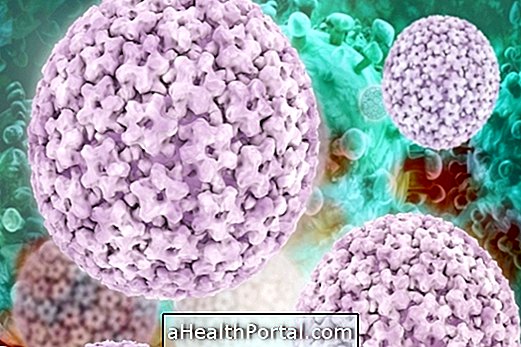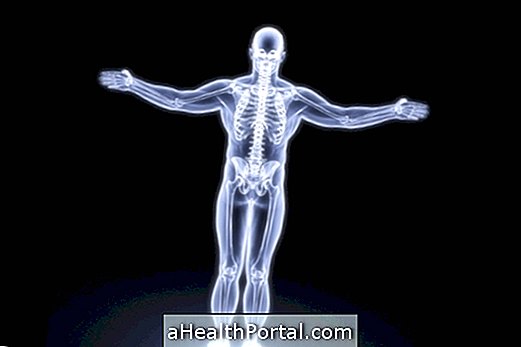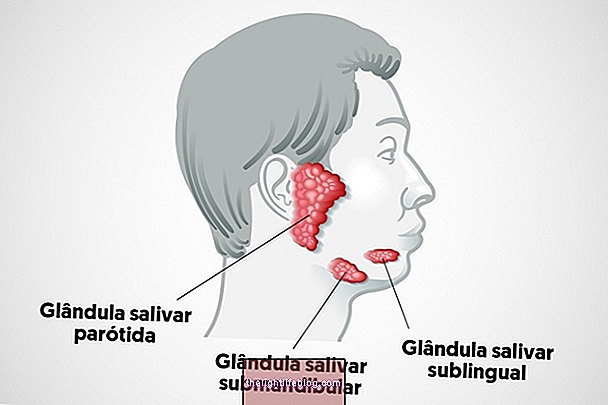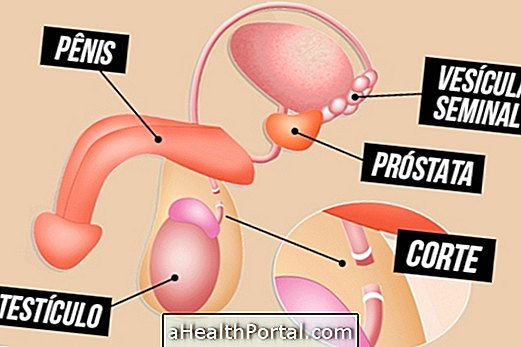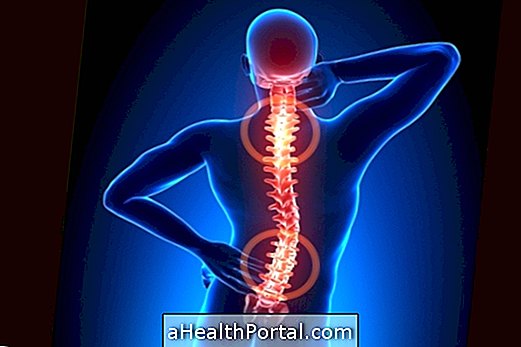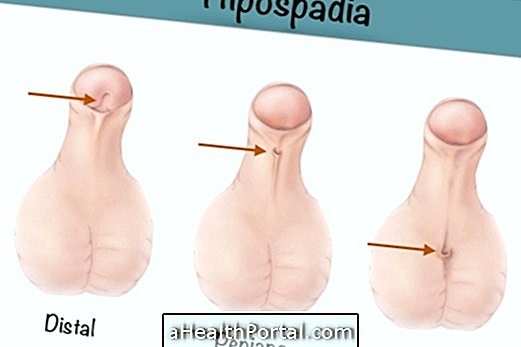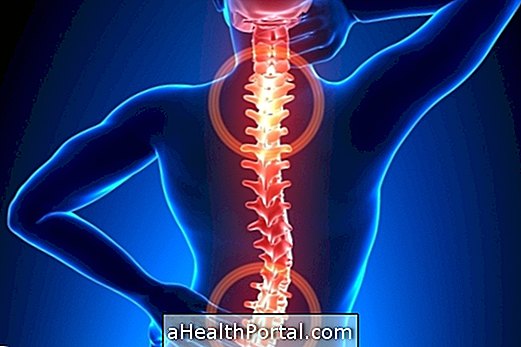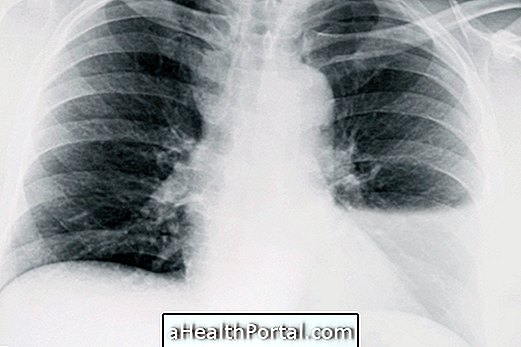Biofeedback is a method of psychophysiological treatment that measures and evaluates the physiological and emotional reactions of an individual, characterized by the immediate return of all this information through electronic devices. It is indicated for hyperactive people with hypertension and attention deficit.
The main physiological information captured by biofeedback devices is heart rate, muscle tension, blood pressure, body temperature and brain electrical activity.
This treatment allows patients to control their physiological and emotional reactions through light or sound effects emitted by the electronic device used.
Biofeedback also uses different methods of awareness and relaxation, through respiratory, muscle and cognitive techniques.
Biofeedback Indications
Individuals with cardiac arrhythmias, urinary incontinence, respiratory problems, hypertension and hyperactivity.
Biofeedback devices
The devices used in biofeedback are specific and depend on the physiological reactions that are intended to be measured.
These devices are highly sensitive and so they can monitor the physiological activity of the individual. The main features used for this monitoring are:
- Electromyography : The device used for electromyography measures muscle tension. The sensors are placed on the skin and emit electrical signals absorbed by the biofeedback device, which in turn emits luminous or sonorous signals that make the individual aware of the muscular tension, so that he learns to control the contraction of muscles.
- Electroencephalograph : The electroencephalogram device evaluates the electrical activity of the brain.
- Thermal feedback : These are instruments used to measure the blood flow in the skin.
Benefits of Biofeedback
Biofeedback provides several health benefits such as: Reducing chronic pain, reducing migraine symptoms, improving thinking, and decreasing sleep disorders.
